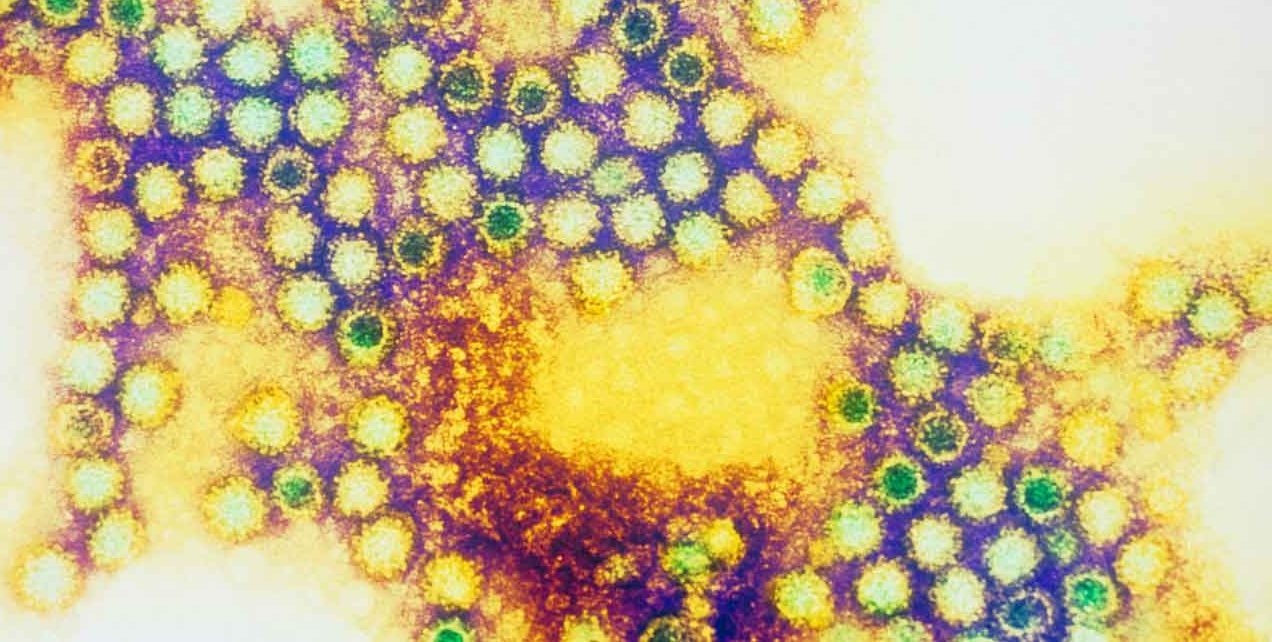Treating Allergic Conjunctivitis

How to avoid itchy and watery eyes this allergy season.
Congestion and a runny nose might be the most obvious seasonal allergy symptoms, but they’re not the only ones. Others include dust, mold, or other allergy triggers.
The same substances that set off nasal allergy symptoms irritate the conjunctiva – the thin protective membrane covering your eye. Irritation causes mast cells in the eyes to release chemicals such as histamine, which set the allergic reaction in motion. These chemicals widen blood vessels, irritate mucus membranes, and inflame the eyelids, leaving the eyes watery, itchy, red, and swollen – a condition known as allergic conjunctivitis. Up to 40 percent of Americans deal with allergic eye irritation. “It is probably more common than even the nasal symptoms that people feel,” says Leonard Bielroy, MD, an allergist practicing in New Jersey.
Allergic conjunctivitis isn’t the same as bacterial or viral conjunctivitis, more commonly known as pinkeye. Although both names contain the word “conjunctivitis,” pink eye is a contagious infection caused by bacteria or a virus. Allergic conjunctivitis can’t be spread from person to person.
Diagnosing eye allergies
If you suspect allergies are behind your eye symptoms, visit your eye doctor or an allergist. The doctor can look for telltale signs of allergies, including redness, eye discharge, puffy eyelids, swollen blood vessels, and dark circles (called “allergic shiners”) under your eyes. An allergist can also check for other manifestations of allergic reactions, such as asthma or atopic dermatitis.
Finding relief
“In most cases, we can soothe allergy-related conjunctivitis with prescriptions or over-the-counter eye drops, depending on the patient and his or her medical history,” says W. Lee Ball, OD, staff optometrist at Beth Israel Deaconess Medical Center in Boston. Your doctor might suggest that you first try over-the-counter artificial tears, which add moisture to your eyes and relieve redness and irritation.
The doctor can also prescribe one of several medicated drops. Mast cell stabilizers prevent the release of histamine and other chemicals that trigger allergy symptoms. Decongestants narrow blood vessels to reduce eye redness. An antihistamine is often combined with a mast cell stabilizer or decongestant to relieve itching, too.
Contact lens wearers might need to change their routine. If your eyes are more irritated than usual in springtime, change your lenses more often – ideally, every day.
If you already take oral antihistamines to treat other allergy symptoms, watch for unintended eye effects. Though these medicines can relieve congestion and a runny nose, antihistamines can also reduce the amount of tears you produce, leaving your eyes even more irritated. Ask your doctor if you should switch to another allergy drug that won’t bother your eyes.
You can prevent allergic conjunctivitis symptoms before they start by getting allergy shots, called immunotherapy, ahead of the season. You’ll see your allergist for several visits over the course of a few months. At each visit, you’ll get an injection of ever-increasing amounts of your allergic trigger. Over time, the treatment will desensitize your body to the substance so you’ll be less likely to react to it.
Avoiding eye irritants
In addition to taking the medicine your allergist recommends, try to avoid whatever substance irritates your eyes. If pollen is the problem, stay indoors when counts are highest and turn on the air conditioner. When you have to be outside, wear sunglasses to keep pollen grains out of your eyes. Avoid putting your fingers near your eyes, especially after you’ve been outside. Even if your eyes itch, don’t rub. You’ll only aggravate allergy symptoms.
Pollen isn’t the only cause of allergic conjunctivitis. Indoor allergens like mold and dust mites can also launch the allergic symptom cascade. To prevent mold growth, keep the humidity in your home set between 30 and 50 percent. Use a bleach-and-water solution to clean up any visible mold in damp areas like the basement and bathrooms. Encase your pillow and mattress in mite-proof covers and wash sheets and comforters regularly in hot water (at least 130 degrees Fahrenheit). Keep all pets out of your bedroom — or at least out of your bed.
Updated:
March 30, 2020
Reviewed By:
Janet O’Dell, RN